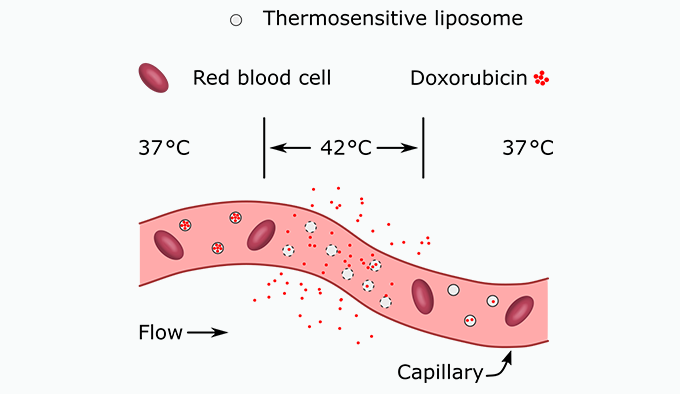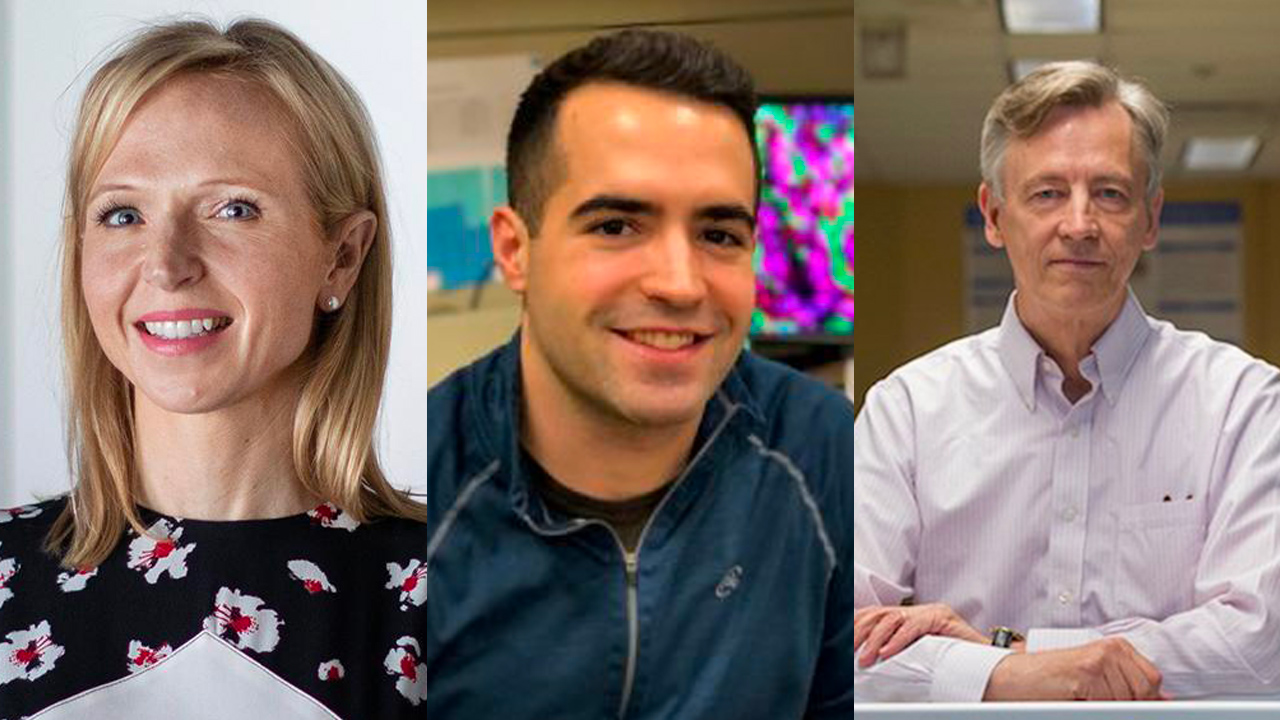Short pulses of focused ultrasound can help release cancer drugs on target
In a breakthrough pre-clinical study, Sunnybrook and University of Toronto researchers have demonstrated that short durations of MRI-guided focused ultrasound combined with temperature-sensitive chemotherapy is effective in treating tumours.
The study has been published in Science Advances.
“Successful treatment of cancer requires improved delivery of chemotherapy to tumours with a reduction in harmful side effects,” says Dr. Christine Allen, study co-investigator, Associate Vice President and Vice-Provost Strategic Initiatives at the University of Toronto and Professor in the Leslie Dan Faculty of Pharmacy. “Thermosensitive liposomes (TPL) in combination with targeted hyperthermia have shown great promise as they’re able to provide site-specific delivery of chemotherapy, and have the potential to improve patient outcomes.”
Thermosensitive liposomes (TSL) are a type of drug delivery system that release their encapsulated therapy when heated within a hyperthermic range, allowing for precise delivery to tumours and less damage to surrounding healthy cells. Previous studies have found that MRI-guided focused ultrasound can be used to trigger the release of chemotherapy from the encapsulated drug (TSL) into the bloodstream in the targeted location. A wide range of thermosensitive drugs are under development, with the most widely tested being a version of the drug loaded with the chemotherapy drug doxorubicin.
In this study, researchers applied short 30-second pulses of MRI-guided focused ultrasound to preclinical models, after delivering the drug intravenously. Previous studies have been successful at demonstrating TSL drug delivery, but they used longer durations (e.g. 10-60+ minutes) of heating which the researchers explain can have limitations in patients.

“By reducing the duration of an individual thermal exposure to 30 seconds, we’re able to target the ultrasound treatment within a patient breath-hold. This reduces motion effects that occur from breathing on temperature measurements and helps to more precisely target the area,” says Dr. Marc Santos, lead author and postdoctoral fellow at Sunnybrook Research Institute. “Shorter exposures also mitigate potential effects on blood flow and bone heating, which were all limitations in previous studies.”
After a two-hour session, the researchers saw complete destruction of the tumour in four out of six preclinical models. The results demonstrate considerable promise for the widespread clinical adoption of thermosensitive drugs to manage a variety of hard-to-treat cancers including liver, head and neck cancers.
“With further research MRI-guided focused ultrasound coupled with thermosensitive liposomes could be a game-changing cancer treatment for patients in the future,” says Dr. Kullervo Hynynen, study co-investigator, pioneer of focused ultrasound and Vice President of Research and Innovation at Sunnybrook. “The flexibility and non-invasive nature of MRI-guided focused ultrasound make it a very attractive treatment. It can achieve low and high temperatures, both of which can be combined with thermosensitive drugs,” says Dr. Hynynen. “We see this as a huge opportunity to improve patient outcomes and reduce treatment-associated side effects.”
For more information about focused ultrasound at Sunnybrook Health Sciences Centre, visit sunnybrook.ca/focusedultrasound
This study was supported by a Canadian Cancer Society Impact Grant, the Ontario Institute for Cancer Research and the Canada Research Chairs Program.








